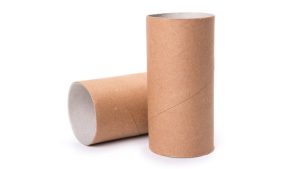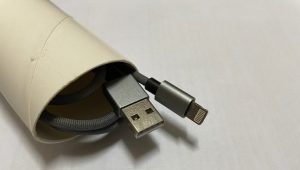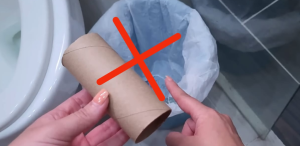Once you discover these uses you will never throw away that internal toilet paper roll again, here are all the things you can do with it.
Among the most used consumer goods is undoubtedly toilet paper. Most of the ones on the market are held together by a roll of cardboard, which 99% of the time ends up being thrown away. Did you know that it can have countless uses both at home and in the garden? Below we present some solutions to reuse the internal toilet paper roll, to also do a small favor for the environment in terms of recycling.
How to use the internal toilet paper roll
Keep cords tidy, curtain folds, coil cables and in the garden. There are really many uses that a simple roll of cardboard can have , which often ends up in the trash. If you thought it was only suitable for entertaining children, here are the uses suitable for everyone.

One of the first tricks is to use a cardboard roll to make curtains.
If you have curtains with a ring to insert into the rod, the toilet paper roll will be useful as a separator to keep the top of the curtains equidistant and well stretched, avoiding tight folds. In fact, just insert a ring and a roll of paper to obtain a uniform effect and form beautiful folds. If the effect of a whole roll is too much for your curtains, you can always divide it in half to obtain smaller but still neat folds.
The solution to scattered cables ? The cardboard roll.
The toilet paper roll can also come to our aid due to the multitude of cables that often, scattered in drawers or boxes, end up knotting together, making it impossible to find them quickly and, above all, to hurry them up. Simply roll the wire onto itself, giving it a slightly elongated shape, and then insert it into the paper roll . Also here, depending on the size and length of the cables, you can choose whether to use the entire roll or cut it into smaller parts.
It may also be helpful to write on the roll itself what type of cable it is, to make it easier to identify.

Another optimal use of the cardboard roll is to act as a “shuttle” for scattered threads . Simply wrap the loose thread around the roll to keep it neat and untangled. But for a better fixation, you can make a small vertical cut at one end of the roll, inside which you can pass the end of the thread and then start rolling . You can then use the same (or another) cut to secure the top end of the thread as well. This way you will be more than sure that the thread will not come undone.










